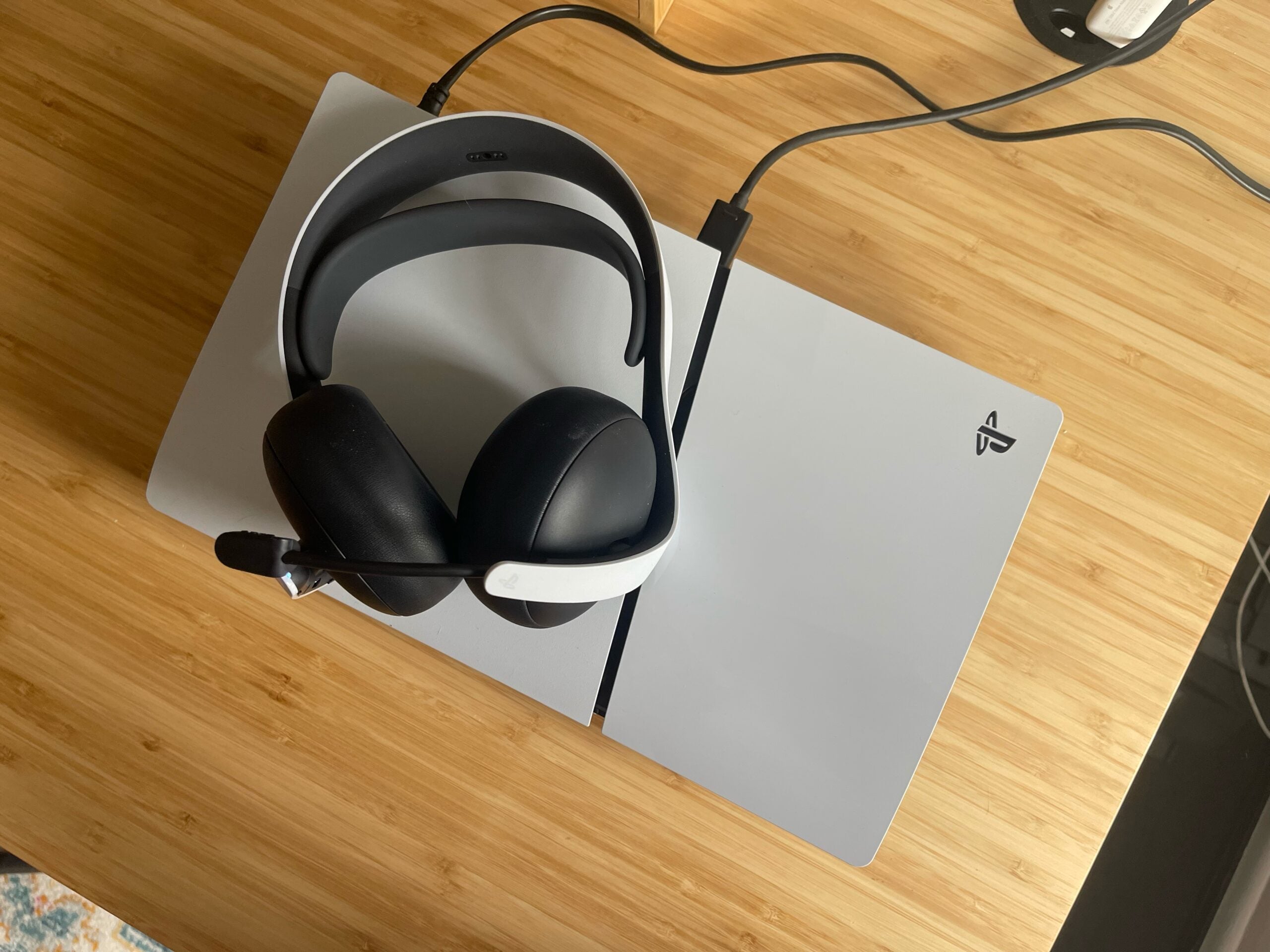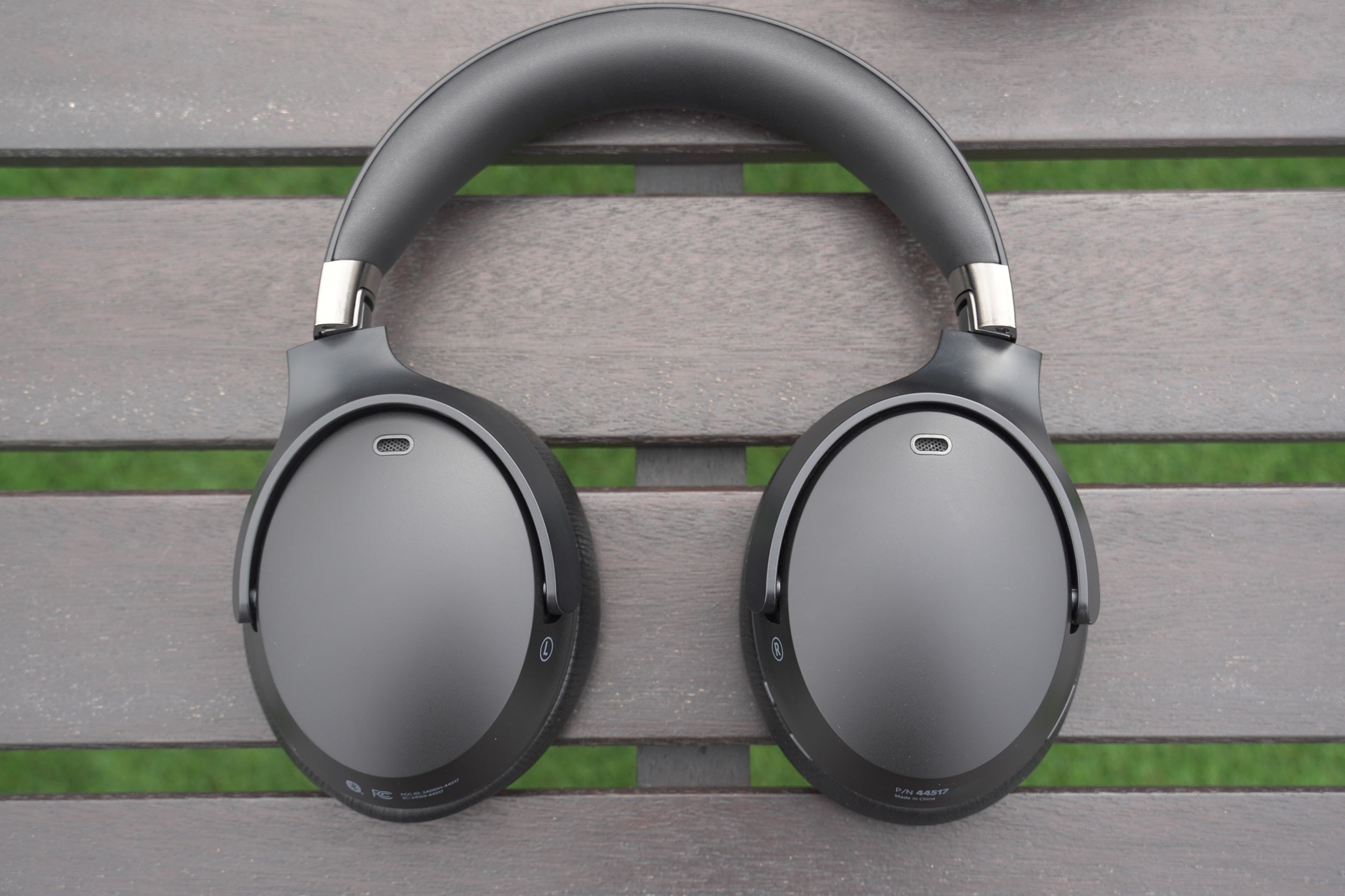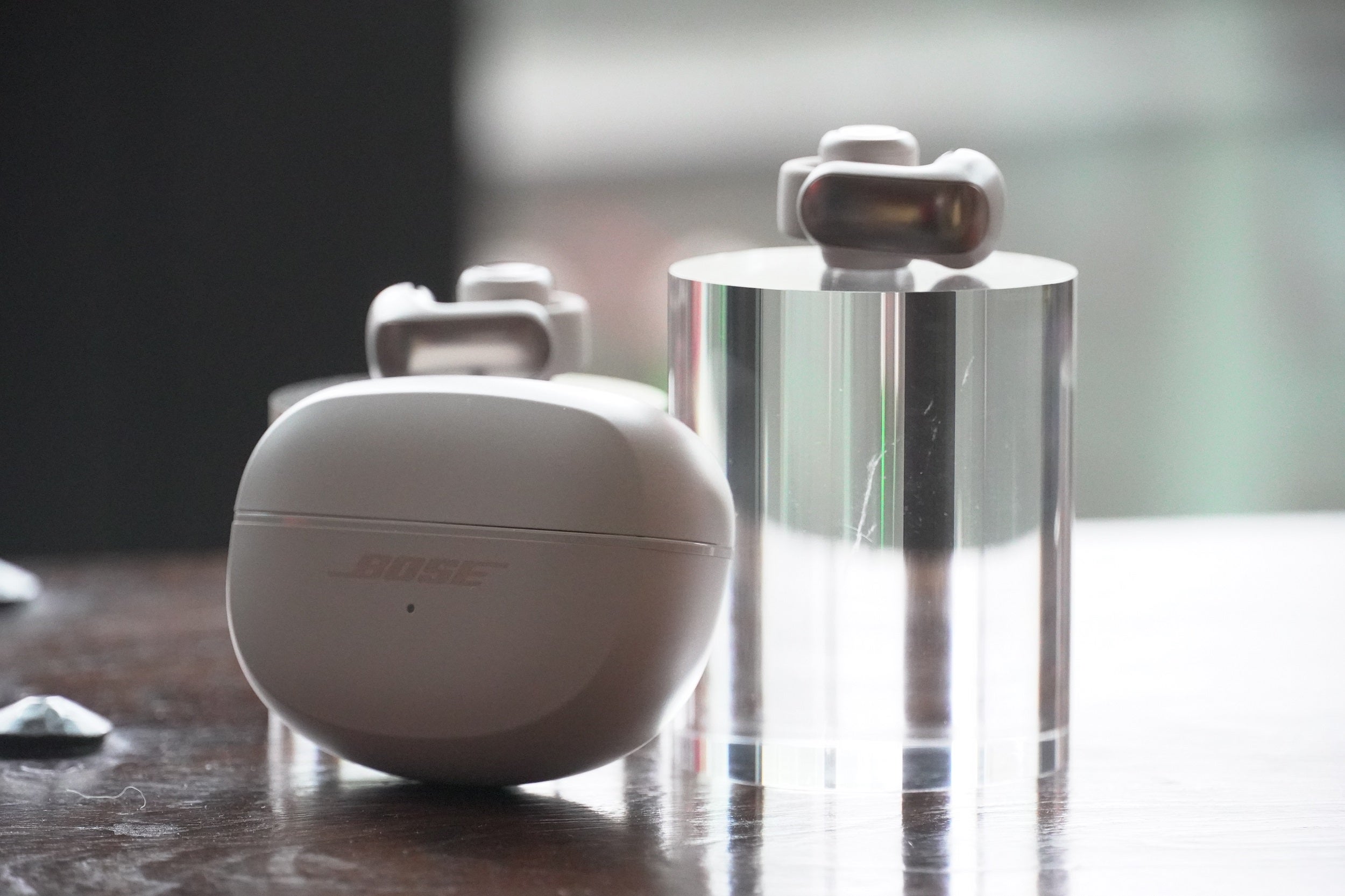Edifier WH950NB Review
Edifier's mid-range over ears pack plenty of value

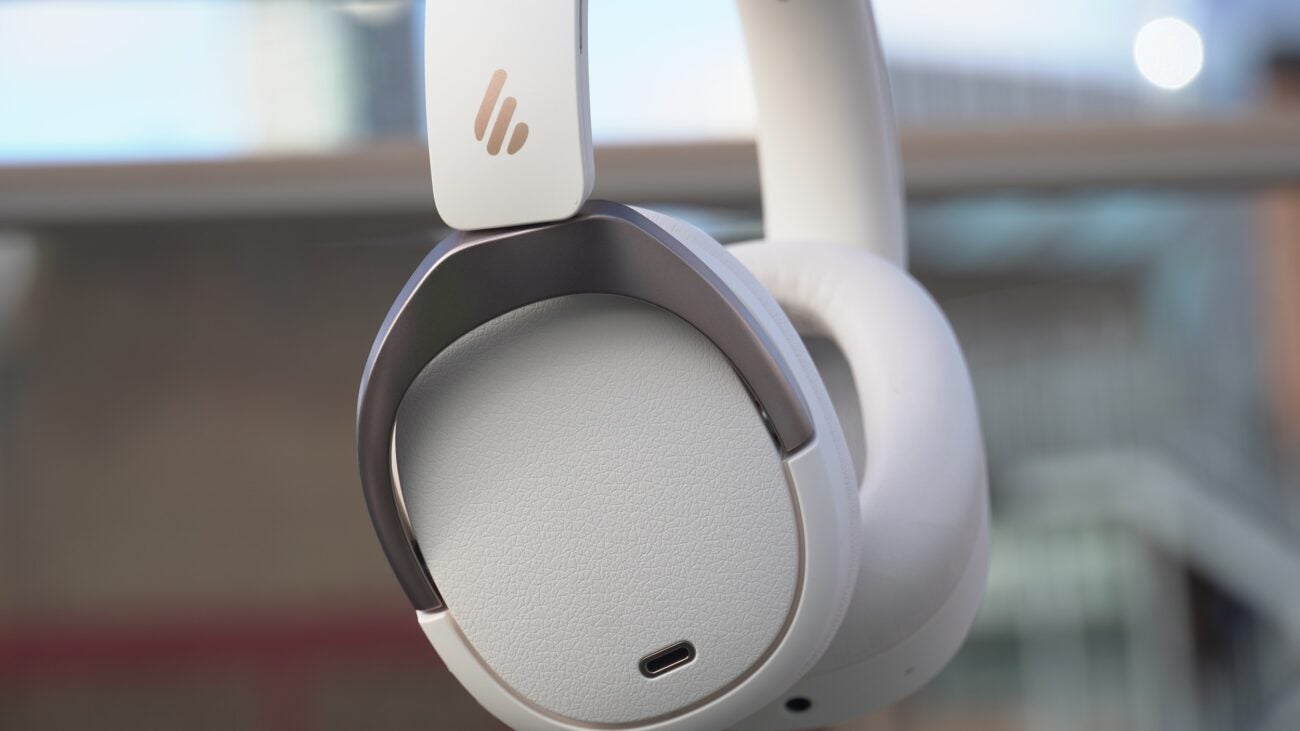
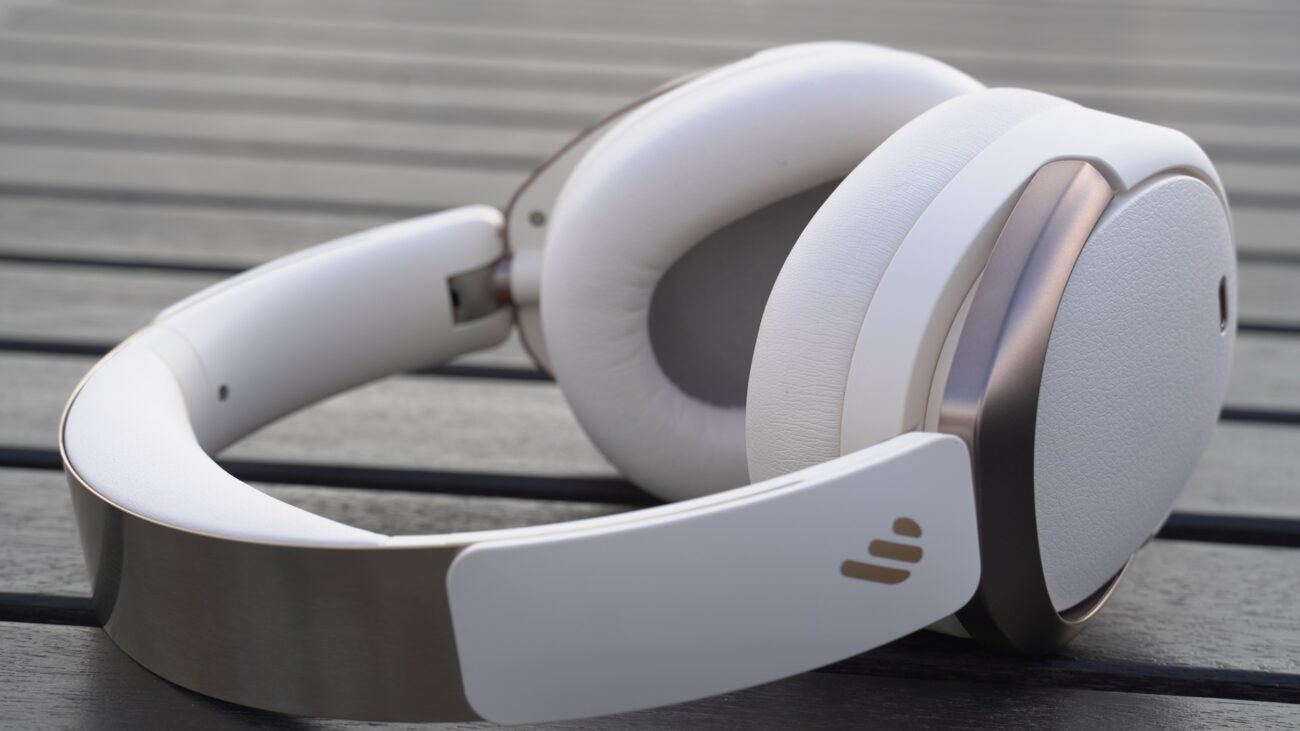



Verdict
A rather impressive all-rounder for less than £200/$200, the Edifier WH950NB mixes a solid audio performance, good ANC, and excellent call quality. If the likes of the WH-1000XM5 and Bose QuietComfort headphones are out of reach, these are a less expensive alternative, though the lack of AAC Bluetooth might make iOS users look elsewhere.
Pros
- Smooth, expansive soundstage
- Effective noise-cancellation
- Comfortable design
- Long battery life
Cons
- No AAC Bluetooth
- Features gravitate to Android users
- Some better-sounding alternatives available
Key Features
- Bluetooth supportBluetooth 5.3 with SBC and LDAC streaming
- ANCHybrid Active Noise-Cancelling to dispel sounds
- ChargingCharging from zero to full takes 90 minutes
Introduction
Edifier has established itself as a consistent performer in the audio market, muscling into many areas at a variety of price points. The Edifier WH950NB is its mid-range over-ear option.
These noise-cancelling over-ears can be found for less than £200/$200 and feature an impressive list of features, from long battery life to wireless Hi-res audio codecs and hybrid noise-cancellation – they’ve got their sights set on those who can’t afford to push the boat out for premium headphones.
The Stax Spirit S3 offered an impressive audio performance at a higher price. Let’s find out what calibre of performance the Edifier WH950NB can produce.
Design
- Tight clamping force
- Stylish looks
- Wired jack
Available in black and ivory options, the Edifier WH950NB are an eye-catching pair, especially in the latter finish. The gold accents of the linkages, logos, and headband adds panache to the headphones’ look. The ivory finish can attract dirt on the earcups’ faux leather texture, but they can be wiped off.
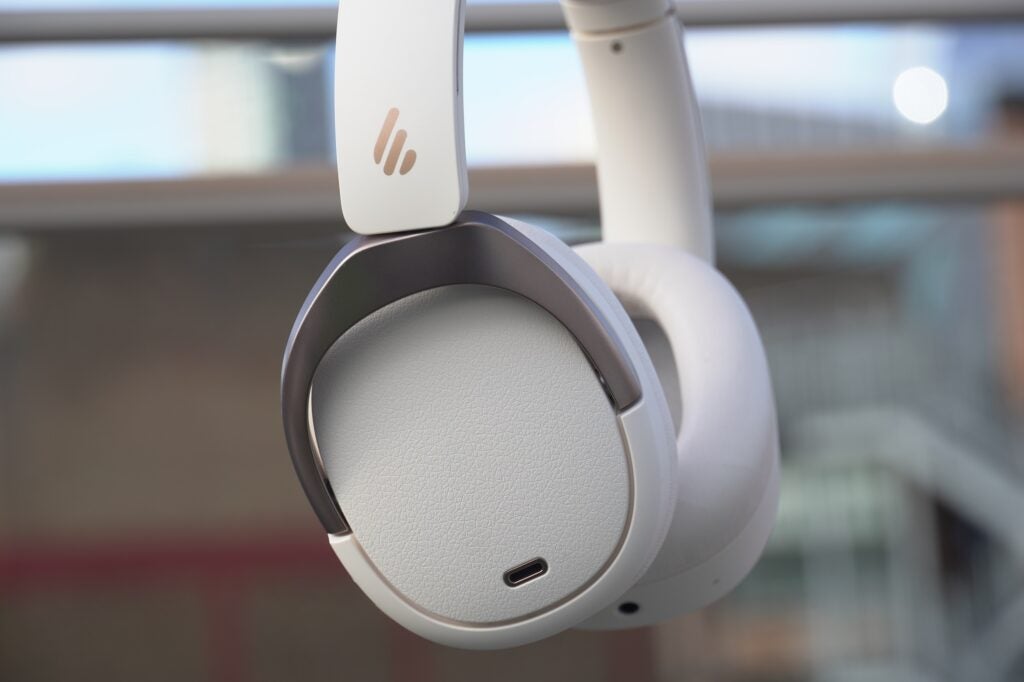
Comfort is good, though every now and then I feel some pressure around the ear, but the soft padding is sufficient, and the clamping force is sturdy without being overbearing.
The frame is mostly plastic, but nowhere near as rickety as Edifier’s own Stax Spirit S3 or the Cleer Enduro ANC headphones. There are a few creaks moving my head about, but nothing distracting.
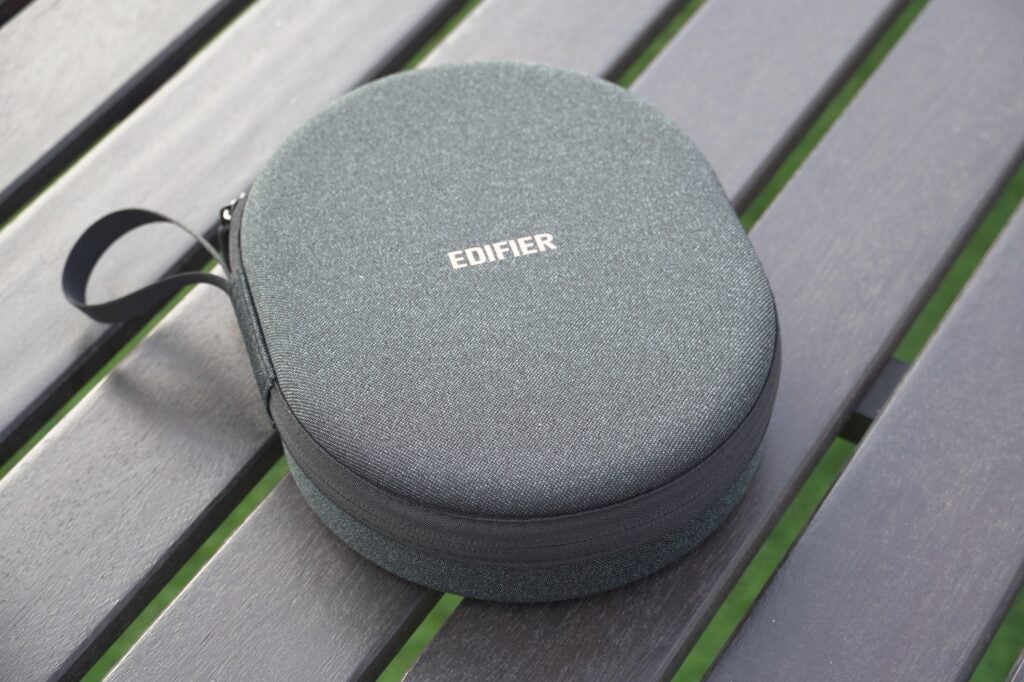
The WH950NB are foldable, so they can be collapsed and transported in the accompanying carry case. Operation is via the right-hand earcup, which won’t suit left-handed users. There you’ll find a button for noise-cancelling (which I frequently mistake for power), a multi-function button (MFB) for power and playback, as well as volume buttons that also cover track skipping (with a hold).
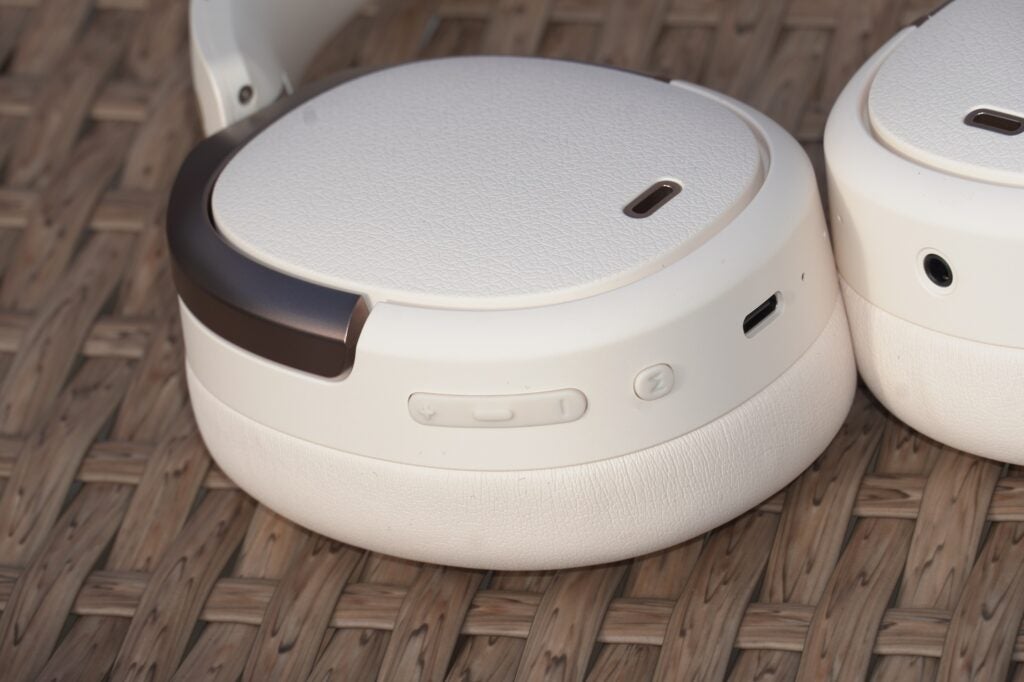
The buttons are easy enough to locate with the MFB raised above the volume buttons, and the noise-cancelling button beneath it. There’s a nice softness to presses that I like too. There’s a 3.5mm jack on the left earcup and a USB-C port for charging on the right.
Features
- LDAC Bluetooth support
- Long battery life
- Excellent call quality
The Edifier WH950NB covers a lot of bases with its specification. Bluetooth support starts at SBC and ends at LDAC, which allows Android users to make good on the promise of wireless Hi-Res Audio if you subscribe to the likes of Tidal and Qobuz. There’s no provision for AAC, which means iOS users will only have access to the lesser quality SBC codec.
Bluetooth 5.3 support also allows for connection to two devices at once. The Bluetooth connection to my Android smartphone has been resoundingly solid too. Android users get another benefit in Google Fast Pair to quickly connect to any nearby Android device.

Edifier states 55 hours of battery per charge and 34 with noise-cancelling on. A battery drain with a Spotify playlist at 50% volume dropped by 10% between three-and-a-half to four hours, so the battery claim seems eminently possible. The performance puts them among the likes of the Sennheiser Accentum Wireless, Urbanista Miami and the Sony WH-1000XM4, for comparison.
You also get fast-charging, with ten minutes providing an extra 7 hours; and charging time from empty to full is an impressive 90 minutes.
Call quality is excellent. The person on the other end described it as near faultless. They could hear me fine and didn’t notice noise coming through from my end.
When it comes to noise-cancelling, it’s worth keeping in mind the Edifiers aren’t as powerful as more expensive options such as the Sony WH-1000XM5 or Bose QuietComfort Ultra Headphones. That said, having used them over several months, I’ve found them to be quite effective.
The combination of the hybrid ANC and the passive noise isolation (the earcups’ seal) deals with ambient noise on public transport well. It suppresses the voices of people further away well enough, though I’ve found that people close by can evade the noise-cancelling microphones.
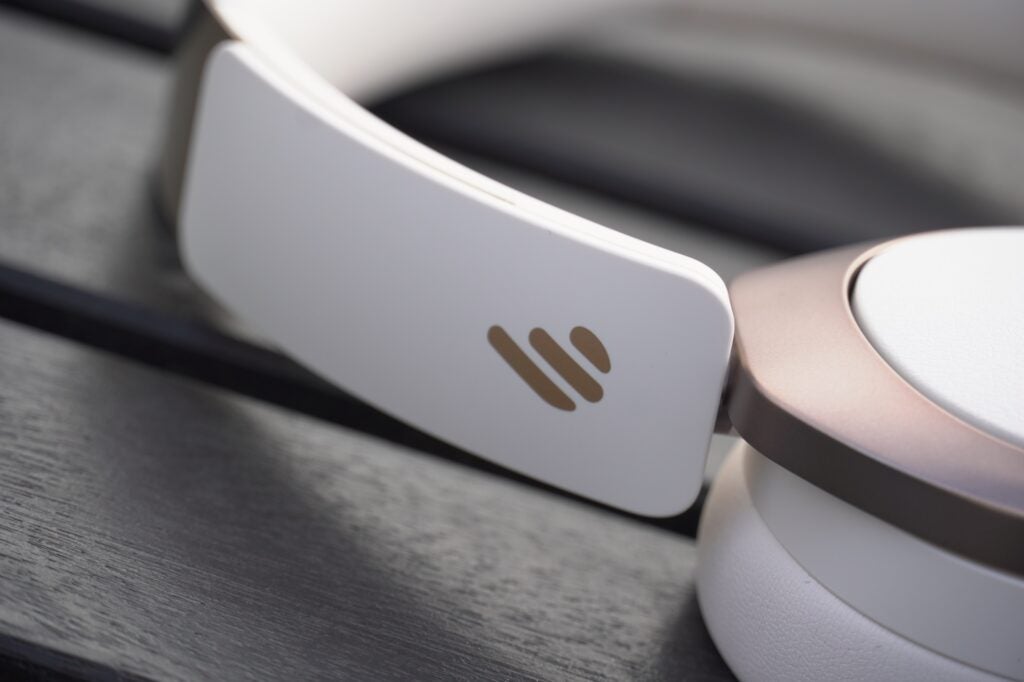
When activated, I could hear a person on a phone slightly more clearly than I could when ANC was deactivated. This is a trait of noise-cancelling headphones in general – voices are harder to delete than other sounds – but turn the music up a few notches and peoples’ voices are covered up.
There’s a Wind Reduction mode that effectively does its job better than the Sennheiser Accentum Wireless, and on a plane the headphones reduced the cabin noise enough that I wasn’t too distracted by it. It also nullified the people chatting near me, so file the Edifier WH950NB’s performance under ‘very good for the price’.
The Ambient mode puts in a clear and open performance, amplifying voices so that they can be heard, and sound natural enough with no noticeable noise from the mics.
There is an app – Edifier Connect – which is the same used across Edifier’s range of headphones. There’s plenty of customisation from the various noise-cancelling modes (high, low, off, wind, ambient), to the sound EQ in Classic, Dynamic, and Customised (four band option).
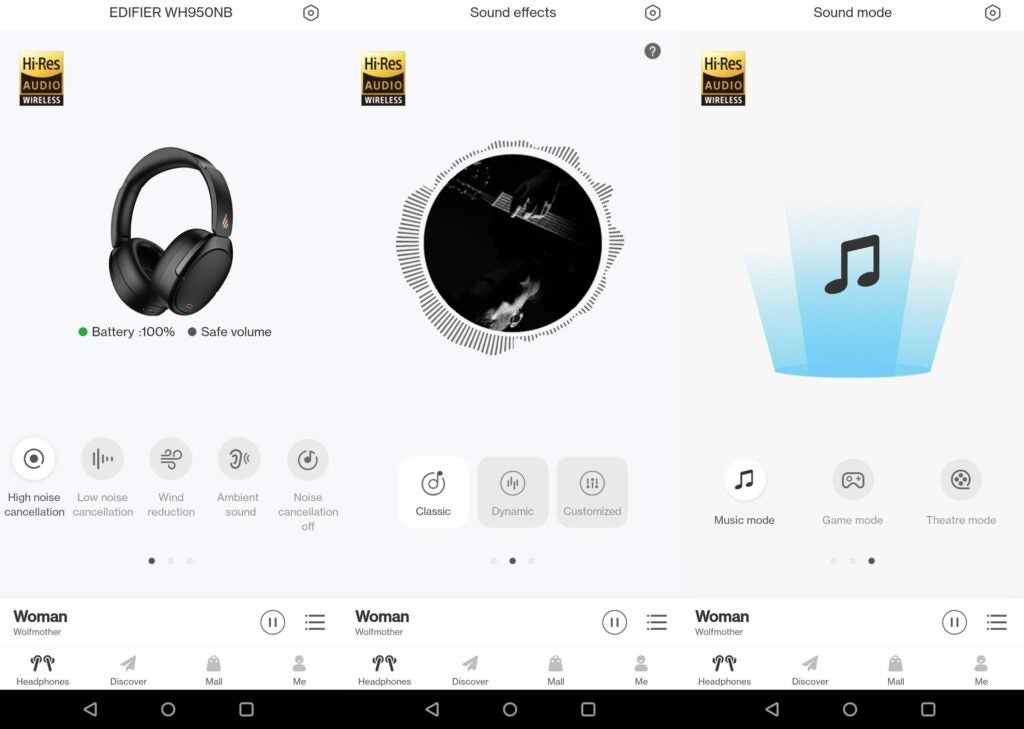
There are sound modes too in Music, Game, and Theatre (the latter features a very wide, but also thinner-sounding soundstage). Playback controls are built in as well, which is handy for controlling music from the comfort of the app.
The app itself is simple, responsive, and easy enough to navigate, though the advanced EQ settings are more for experts with its Gain and Q factor options. There’s no wear sensor detection, which is often the case for less expensive headphones, though there is a shutdown timer for those who find themselves forgetting their headphones are still on.
You can also customise what the multifunction button does (single, double presses and holds), enable LDAC, multipoint and the Safe Volume feature that curbs the maximum volume to 85dB as recommended by the World Health Organization (WHO).
Sound Quality
- Smooth approach to audio
- Wide soundstage
- Expressive and energetic with volume levels up
The previous Edifier over-ears I tested in the Stax Spirit S3 offered a fantastically articulate performance. The Edifier WH950NB don’t ever try to be in the same league, the 40mm dynamic drivers and tuning of the sound is more mainstream and smoother in approach, but below £200/$200, I think these headphones are a very good option.
It’s worth giving the EQ modes an audition. Classic is flatter in terms of dynamics – neither bass nor treble stands out as much as it does with Dynamic. I’d also say that the soundstage is wider with Dynamic, voices have a little more presence, and so it’s with that EQ setting that I’ve reviewed these headphones in.
When listening to Momentum from Brian Tyler’s Fast X soundtrack, there’s not the same level of snap and bite to the track’s more energetic moments, although there’s a nice weighty feel to the drums that provides punch to the low end. The cymbal crashes and high frequency notes aren’t too crisp or bright respectively, but the Edifier WH950NB strikes a good, cohesive balance between highs and lows.

Detail levels are good, although it’s beyond the WH950NB’s talents to retrieve the amount of detail as the Sony WH-1000XM5 can. The levels of definition they conjure have been sanded off and made smoother. A listen to Gretchen Parlato’s Weak, and it’s apparent the snare drum doesn’t feature the same level of crispness, the kick of the drum isn’t as punchy, clear, or pronounced, while Parlato’s voice isn’t captured with the same level of clarity.
This isn’t to knock on the Edifier, merely to convey the differences between a good pair of headphones and one of the very best.
Judged on its own merits, the Edifier is capable of supplying tracks like Ball Park Music’s Trippin’ The Light Fantastic, an engaging sense of energy as the soundstage is deployed with width. There’s punch, clarity, and variation in its description of low frequencies – rhythmically it’s persuasively solid. I don’t think you’ll find much to argue with in these areas unless you’re hankering for a higher quality performance.
The midrange is an area I can’t quite figure out. There are good levels of clarity, but the combination of crispness and smoothness that’s applied to voices both softens the edges of what’s sung and makes them sound slightly thin.

The thinness is more apparent when voices are stressed or with notes that are held for a long time, like the way Mitski stretches ‘go’ in Stay Soft or Serj Tankian’s voice in System Of A Down’s Chop Suey! It avoids harshness but can, from time to time, make voices sound a little cold in tone.
High frequencies are conveyed with clarity, decent sharpness, and again with a variation that avoids treble notes sounding one-note. I’d like more brightness – at times there’s a slight dullness about how the Edifier goes about its business. Raising the volume up a little from default helps the Edifier to find its voice; it becomes more expressive and energetic.
They can be a more assertive and in some ways more confident listen than the Sennheiser Accentum Wireless, but I wouldn’t say better overall. The Sennheiser extracts more detail from the midrange and upper frequencies. There are also some tracks like The Beatles’ While My Guitar Gently Weeps that sounds rougher on the Edifier than it does on the slicker and clearer Sennheiser.
Latest deals
Should you buy it?
If Sony and Bose premium options are out of reach
The Edifier doesn’t sound as good as Sony or Bose’s latest premium models, but the WH950NB plays in a less expensive playpen and offers a satisfying performance for the outlay.
If you’re an iOS user
It’s not as if the WH950NB is missing out on many features, but the lack of AAC Bluetooth means iOS users will have to make do with the lesser quality SBC codec.
Final Thoughts
The Edifier WH950NB are a very good pair of headphones, a consistent 8/10 performance capable of hitting 9/10 in some categories.
Their feature set covers a lot of bases, though it is weighted towards Android rather than iOS users. The noise-cancellation is a pretty good effort. The audio has a smooth quality to it, and more suited to mainstream listeners, though I’d say the likes of the Sennheiser Accentum Wireless are more articulate.
Nonetheless, if you’re after an impressive spec list, good comfort, and an engaging sound for less than £200/$200; I think you ought to give the Edifier WH950NB a closer look. Otherwise, check out our Best Over-Ear Headphones headphones for more options.
How we test
We test every set of headphones we review thoroughly over an extended period of time. We use industry standard tests to compare features properly. We’ll always tell you what we find. We never, ever, accept money to review a product.
Find out more about how we test in our ethics policy
Tested across several months
Tested with real world use
Battery drain performed
FAQs
There isn’t any support for AAC streaming on the WH950NB, so Apple users will have to make do with streaming in SBC.

